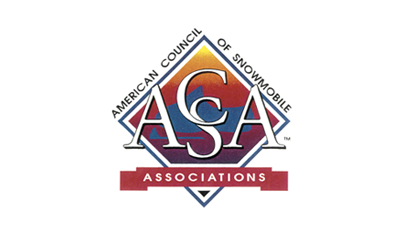Keeping Warm While Snowmobiling
Conditions can change rapidly during the duration of your ride. Proper gear and layering of clothing is vital to a safe and enjoyable ride. Learn how to properly dress for your ride.
Click the curriculum tab to begin this course section.
Keeping Warm While Snowmobiling
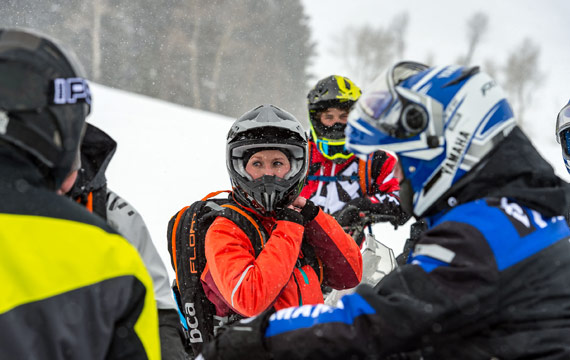
Proper riding apparel and gear is extremely important to ensuring your snowmobile outing is safe, particularly in the event of an emergency. Follow guidance offered in the "Riding Apparel" section to ensure you are properly prepared for the weather conditions and for what could become an extended trip in the event of an emergency.
Always dress in layers to be prepared for changing weather conditions, which can vary greatly from when you start your trip to when you return. Wind chill factors must also be managed to prevent potential effects from frostbite. Most importantly, always avoid cotton materials in all your clothing layers since it can get wet and freeze, drastically reducing your comfort and safety.
Alcohol
Alcohol should never be consumed while snowmobiling, and certainly never in an emergency situation since it is a deadly myth that it creates a warming effect on the body. Alcohol consumption actually does the complete opposite, causing your body to lose precious warmth very rapidly versus retaining or building warmth. It is better to consume hot beverages like coffee or hot chocolate while on your outing since these warm liquids do help warm your insides while easing the chill from cold or severe weather.
Fire Making Materials
Your safety kit should always include waterproof matches or regular matches stored in a waterproof container. It should also include flammable material (commercial fire starter, dryer lint, etc.) to help start a fire. Building a fire is important since it will help keep you warm as well as be a potential signal to help rescuers find your location. Gather dry tree branches and other wood in the area to keep the fire burning until either someone finds you or you leave the area to walk or ride out for help.
Moderate Exercise
Moderate exercise can help avoid frostbite and hypothermia. However, your movements should be only enough to keep your body warm while avoiding over-exercising to the point you start sweating. In this situation wearing non-cotton under layers can be extremely important to your survival since cotton clothing would stay damp or wet from your exercise and then freeze against your body.
Hand Warmers
Many products that can help keep your hands warm can be easily carried on your snowmobile or in your safety kit. Many commercial hand (as well as foot) warmers use chemicals that are activated by squeezing the package, which creates a heat reaction. Another type runs on flashlight batteries, while another uses a wick soaked in flammable fluid that is started with a match. All can be useful when riding and become even more important if you become stranded. While hand warmers are also built into the handlebars of snowmobiles, they are of little use when you become stranded.
The best way to help keep your hands and feet warm is to always carry a dry pair of spare gloves or mittens, along with spare pair of non-cotton socks. As soon as your hands or feet start becoming cold, change into your extra dry pair and then if possible, try to dry or warm the pair you removed by placing them on your snowmobile's exhaust or near your fire. The bottom line is that your hands and feet must stay dry for them to stay warm.
Wind Chill
Wind chill is the result of wind combined with cold temperatures; it may also be referred to as the 'feels like' temperature. The higher the wind speed, the colder the air feels. There is also wind chill generated when riding, even when the wind is not blowing,, due to the speed of your snowmobile. To help avoid wind chill and frostbite when stranded, seek shelter out of the wind and ensure your clothing includes a windproof outer layer.
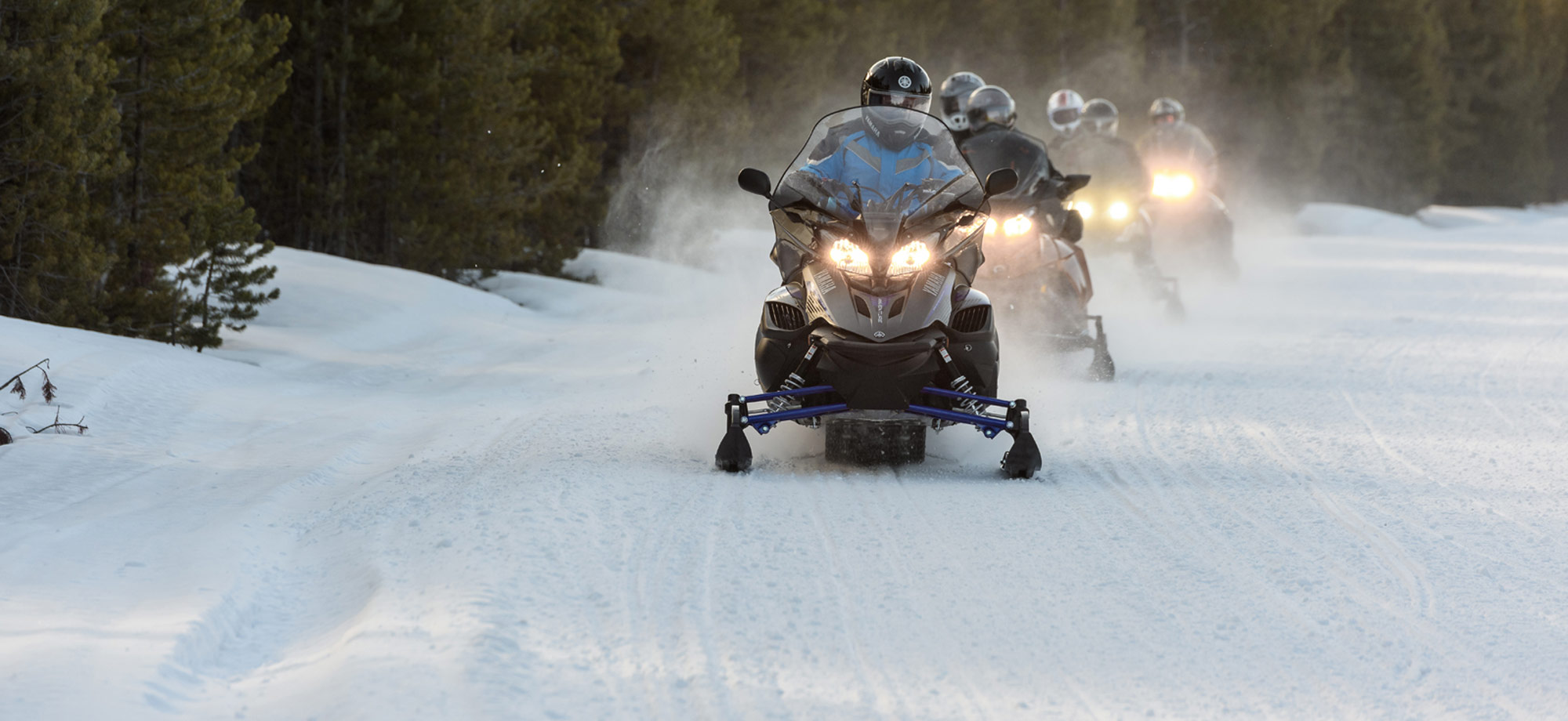
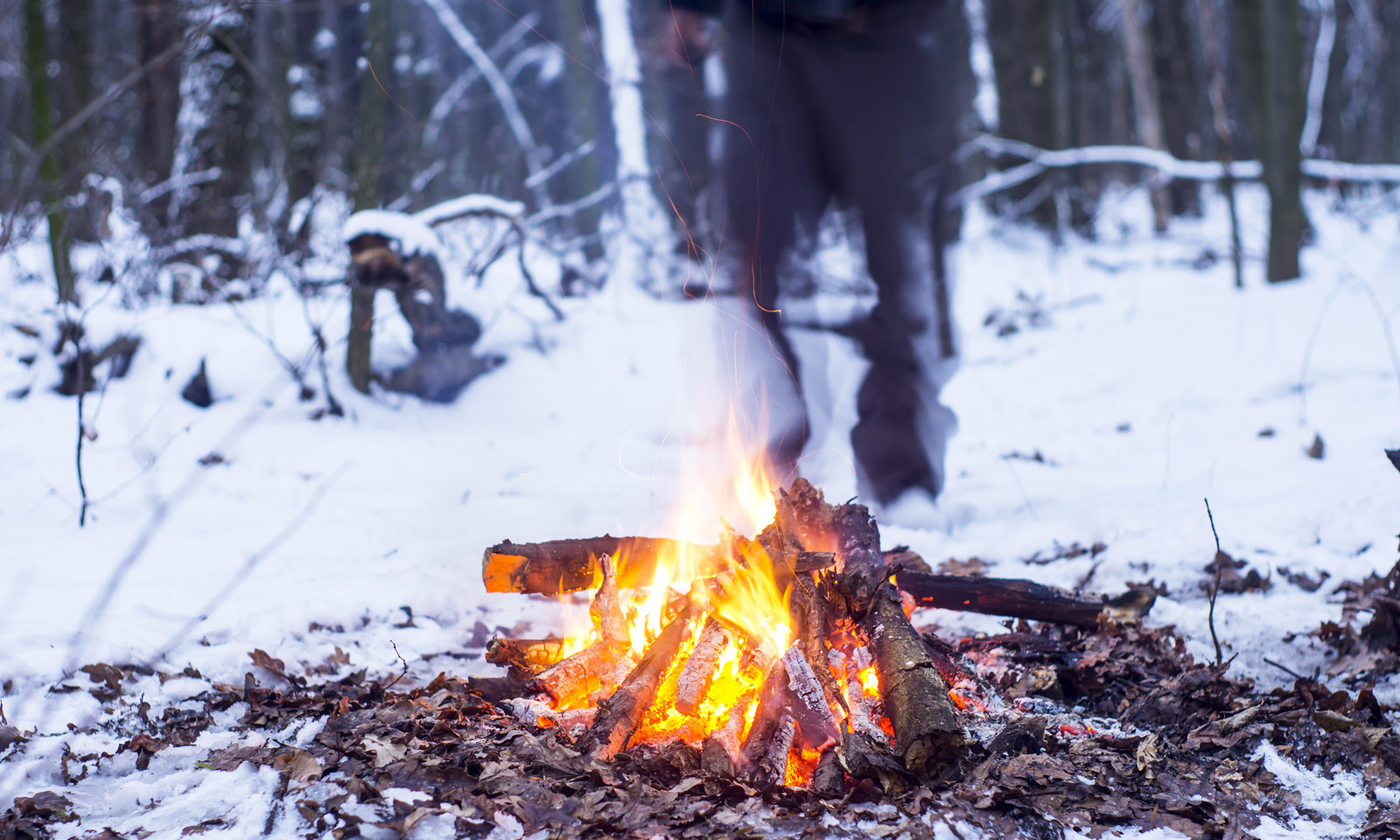
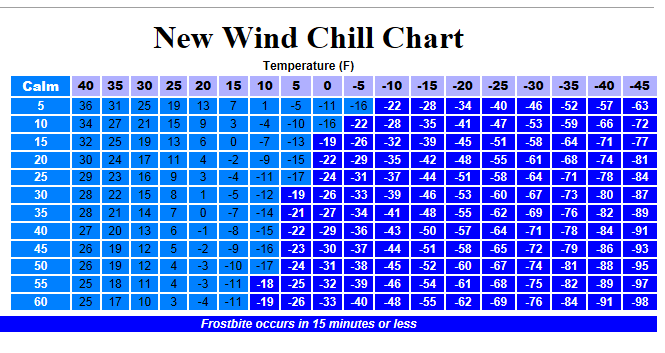 click to enlarge
click to enlarge